As a classic, long-lasting entry-level racket, it remains one of the options recommended by many experienced players to beginners as their first racket. I still remember my first named racket being from Victor’s Explorer series, a product of the same era as the Challenger.
Although I haven’t played with this racket yet, I’ll make up for it by borrowing it from a friend. By the way, this isn’t from the “what more could you ask for” series, as this racket still costs a significant amount today, and it even retains its value on second-hand platforms.

Specifications: 4UG5, with overgrip and string installed, total weight and balance point unknown, medium stiffness shaft with a 7.5mm diameter, 210mm in length, suspected to have a fish-mouth cone cap, standard box frame, 10-4 o’clock string grooves, strung at 25lbs with BG65Ti strings.
In terms of appearance, it’s acceptable. The red stickers on the frame are aesthetically pleasing, but there’s nothing particularly noteworthy to comment on. I could critique the aesthetics of many of Babolat’s high-end rackets, but for this classic design, there’s nothing much to say—it feels standard and ordinary, like when parents wear gold-rimmed reading glasses. The only touch of technology is the “power box” marking at the 5 o’clock position, giving the 9500 a sense of modernity.
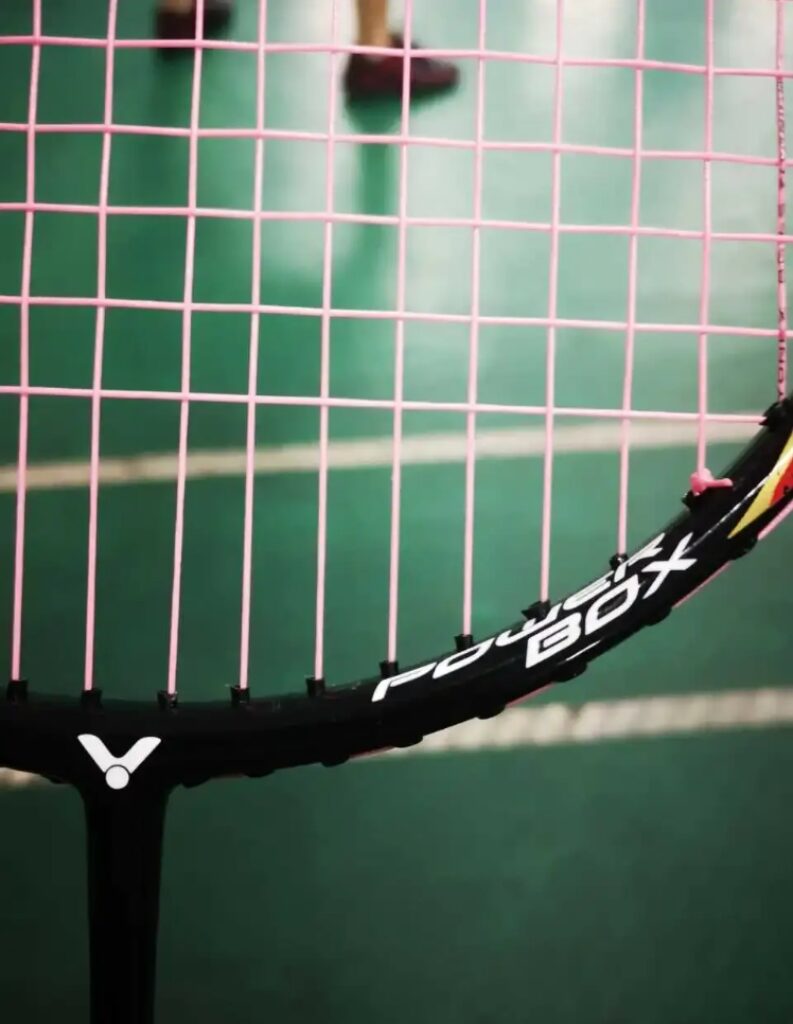
The racket has a slight head-heavy feel, and the box frame leads to slower swing speeds. However, the 4U version doesn’t feel uncomfortable during air swings, with a moderate load. Rackets at this price range often have a plasticky feel, which may be a psychological bias of mine. To give a more precise description in the future, I’d probably need to do blind testing without knowing the price.
When hitting clears, I immediately sensed the old-school flavor typical of Victor’s mid-to-low-end rackets from the last decade: wood-like and jarring on the hands! The shot quality isn’t bad, and the shaft is easy to drive without being overly soft. As long as the technique is correct, hitting clears is relatively easy, though the feedback isn’t particularly pleasant—it’s akin to using a racket with a slightly higher balance point like the Astrox 99 Tour (see the previous review). It’s passable for an entry-level racket, though—aside from the iron hammer models, I haven’t encountered many rackets at this price range that deliver a truly powerful shot.
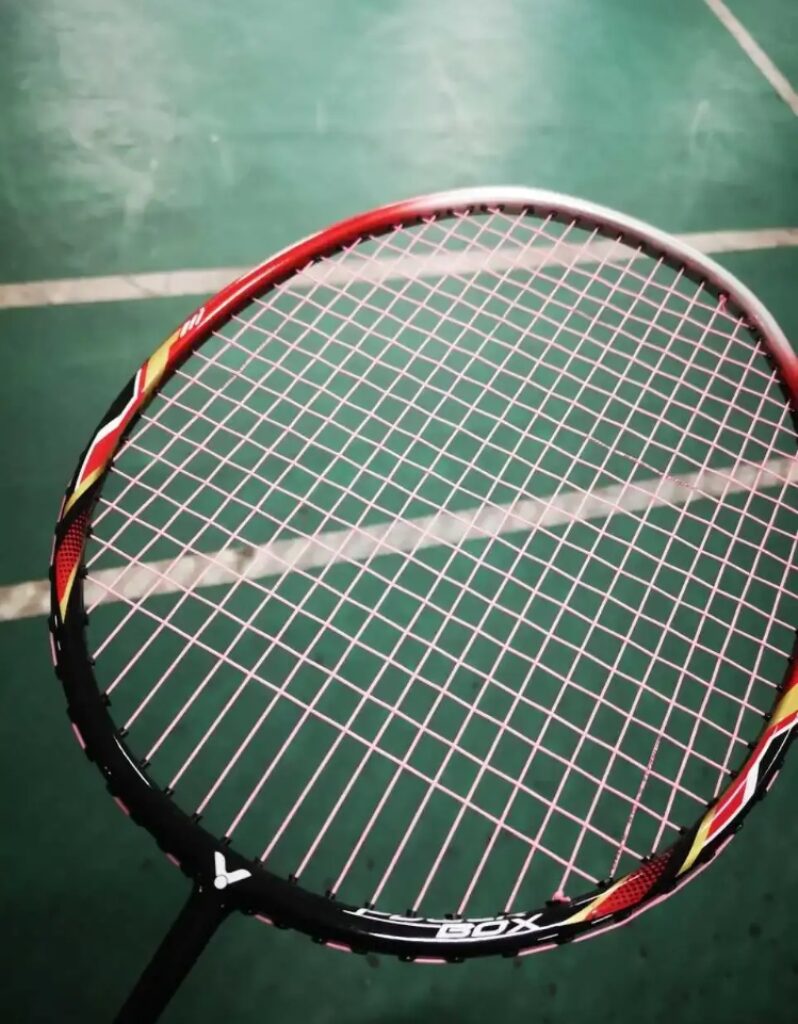
The racket’s performance in handling defensive and passive shots is stable, which I found satisfying. If it were a 3U version, this aspect might suffer, but the 4U version is more suitable for me, especially as someone who mainly plays doubles. The 9500 excels in handling net shots, with its large face and slightly ball-holding nature making it easy to adjust angles and control. In mid-to-front court situations in intermediate-level doubles matches, it can help set up shots for a rear-court partner who can deliver powerful smashes.
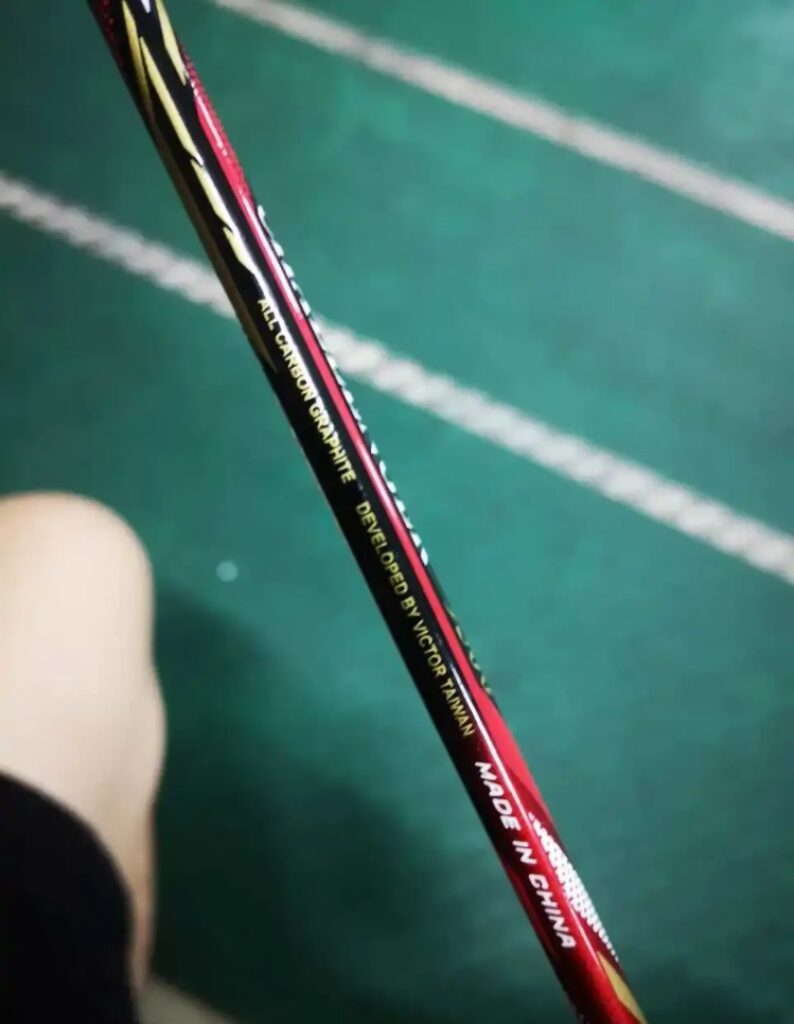
Theoretically, the standard box frame should create a large and consistent sweet spot, but hitting the sweet spot on the 9500 didn’t make me feel like I was getting a higher-quality shot. On the contrary, missing the sweet spot resulted in unpleasant vibrations throughout the racket. Overall, its smashing ability is above average for rackets at this price point. Its moderate head-heaviness and stable box frame provide controlled power for smashes, but its shot speed remains average, and attempts at more explosive shots often feel like they lose power. The vague sweet spot and off-sweet spot vibrations significantly impact the enjoyment of attacking with this racket.
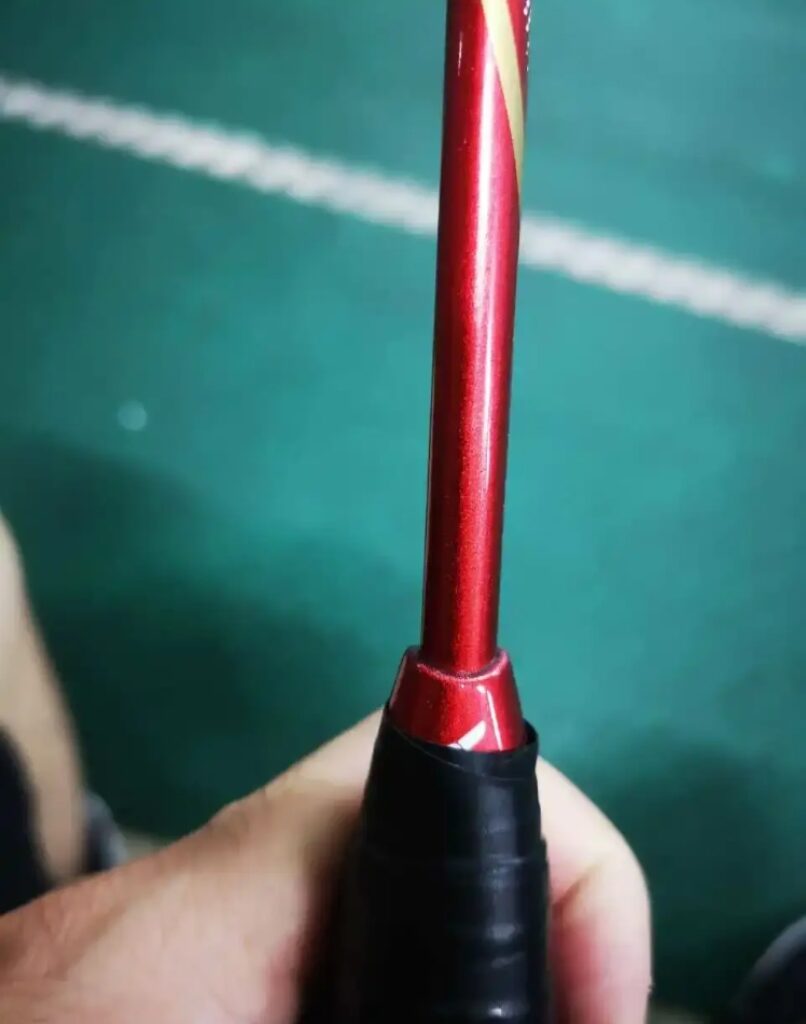
In terms of drive and block shots, it falls short compared to the cheaper Jujiang K07. The box frame’s high air resistance, coupled with the long, soft shaft that’s slow to recover after deformation, results in less crisp shots, leaving the player somewhat powerless in fast-paced exchanges. It’s puzzling that, despite the extended shaft, the 9500 still requires a fish-mouth cone cap design.
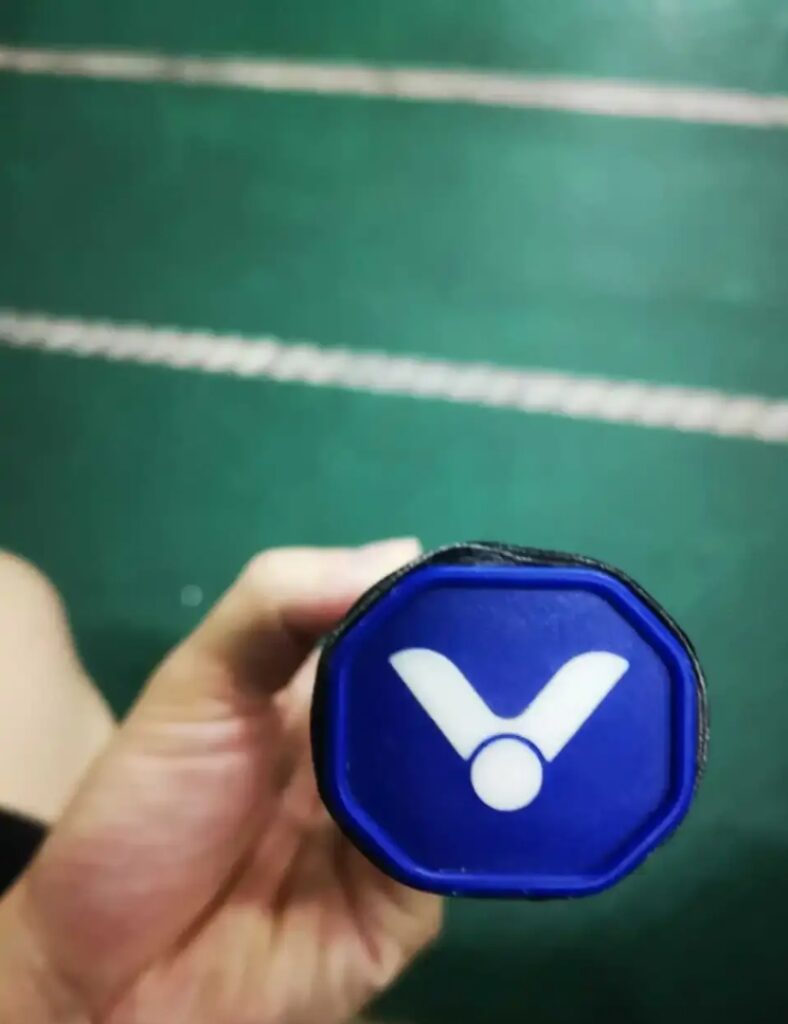
Having tested many entry-level rackets at this price range, I agree that the 9500 still holds its value with its stable quality, though it’s difficult to call it the best option. All current versions come from Victor’s Nanjing factory, and differences between versions require individual testing. Personally, I think the C/S/D versions, which have had shaft upgrades, may offer better performance. For doubles, both 3U and 4U are viable, though for singles, 3U is a must to avoid more shortcomings. I wouldn’t recommend this racket to female players, and for beginners who don’t favor a power-based playstyle (a rare few), this racket offers some unique advantages for control, net play, and improving front-court techniques. Overall, though, this racket feels somewhat outdated.

Leave a Reply